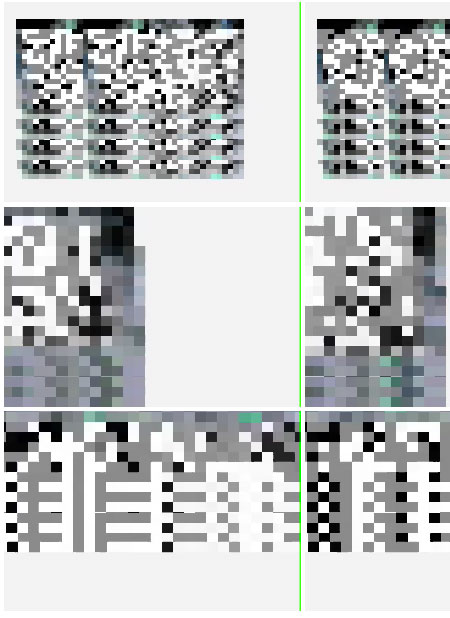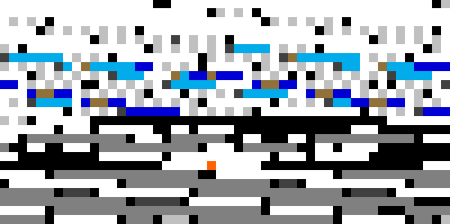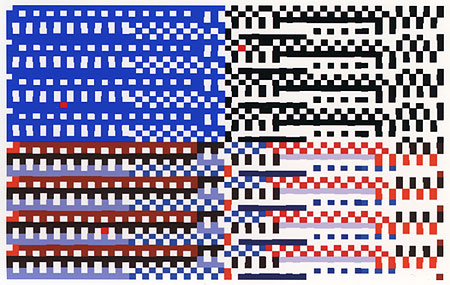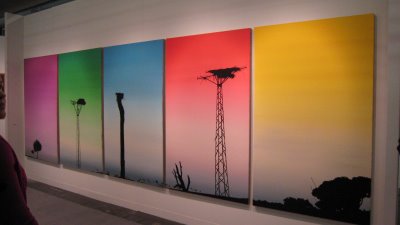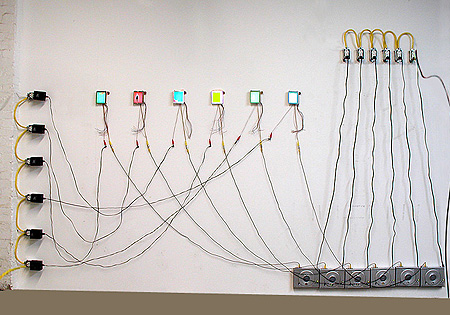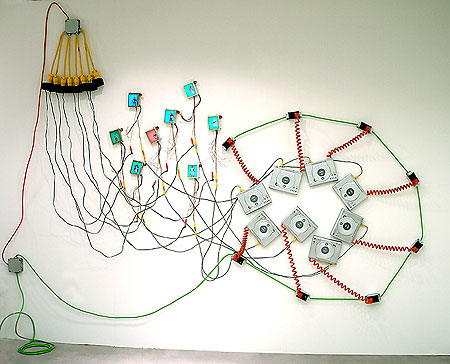Hand-drawn versions of classic art rock covers by Travess at Loshadka:
My Bloody Valentine Loveless (woodburning kit? and ink, looks like, really nice)
Hawkwind In Search of Space, crayon or colored pencil and MSPaint (or equivalent, for the black background--I don't know what I was thinking when I deaccessioned that disc years ago)
Steve Hillage Fish Rising (nice to see ol' Steve getting some fan recognition--he suffered horribly in the rave era with Simon Reynolds repeatedly calling him out as an ancient prog rock bore; I mean, it's not like he didn't do some pretentious work but he has played with everyone from the Egg guys to Daevid Allen to Malcolm Cecil of Tonto's Expanding Headband to Derrick May--at some point it has to be acknowledged that great musicians like him)

